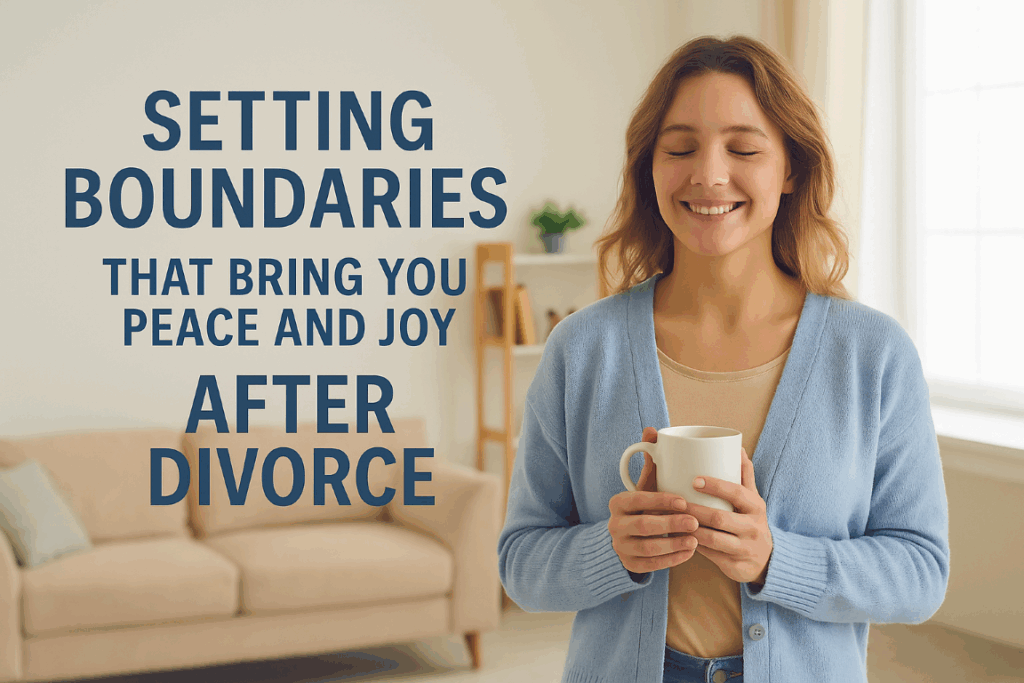{“role”:”assistant”,”content”:” n n nn n Supporting Your Teen Through Your Divorce n nn n Going through a divorce is never easy, and when you have […]
How to file for divorce with children in Florida
{“role”:”assistant”,”content”:” How to File for Divorce with Children in Florida nn Divorce is never easy, especially when children are involved. If you find yourself in […]
How to file for divorce with children in Florida
{“role”:”assistant”,”content”:” n n nn nn How to File for Divorce with Children in Florida nn If you are considering filing for divorce in Florida and […]
How Mediation Can Help Resolve Child Custody Disputes
{“role”:”assistant”,”content”:” n How Mediation Can Help Resolve Child Custody Disputes n n nn Divorce can be a challenging and emotional time for all involved, especially […]
What to wear to divorce court and why it matters
{“role”:”assistant”,”content”:” n What to Wear to Divorce Court and Why It Matters n n Ending Your Marriage n n n n When going through a […]
College costs and child support in Florida
{“role”:”assistant”,”content”:” n College Costs and Child Support in Florida nn nn In the realm of family law, one of the often overlooked yet significant aspects […]
Tips for choosing the right attorney or service provider for uncontested Florida divorce
{“role”:”assistant”,”content”:” n Tips for Choosing the Right Attorney or Service Provider for Uncontested Florida Divorce n n When it comes to uncontested Florida divorces, finding […]
How to select the correct county and clerk’s office for your uncontested divorce
{“role”:”assistant”,”content”:” n Uncontested divorcen Selecting the Correct County and Clerk’s Office for Your Uncontested Divorce n n n If you are considering an uncontested divorce, […]
How to reduce tension during divorce negotiations
{“role”:”assistant”,”content”:” nn Reducing Tension During Divorce Negotiations nn Divorce can be a highly stressful and emotional process, often leading to heightened tension between parties involved. […]
Can Social Media Be Used as Evidence in Family Court?
{“role”:”assistant”,”content”:” nnnn Can Social Media Be Used as Evidence in Family Court? nn Law Advisor Daily – In today’s digital age, social media has become […]
How simplified dissolution eligibility is affected if the wife is pregnant or there are dependent children
{“role”:”assistant”,”content”:” nnnn Simplified Dissolution Eligibility with Pregnancy or Dependent Children nn If you are contemplating a divorce and seeking a simplified dissolution in the state […]
Technology’s role in modern divorce: digital evidence, remote hearings, online service
{“role”:”assistant”,”content”:” nnnn Technology’s role in modern divorce: digital evidence, remote hearings, online service nn Divorce in the digital age is undoubtedly influenced by technology in […]
How to File for Divorce If Your Spouse Is in Rehab or Jail
{“role”:”assistant”,”content”:” nn How to File for Divorce If Your Spouse Is in Rehab or Jail nnnn If you find yourself in a situation where your […]
How Female Attorneys Are Fighting for Gender Equality in Law
{“role”:”assistant”,”content”:” n Female Attorneys Leading the Charge for Gender Equality in Law n n n n Female attorneys are at the forefront of the ongoing […]
Top 10 Courtroom TV Dramas That Got the Law (Mostly) Right
{“role”:”assistant”,”content”:” n Top 10 Courtroom TV Dramas That Got the Law (Mostly) Right nnnn As a seasoned divorce attorney, I often find myself captivated by […]
“10 Reasons Every Floridian Should Try Remote Online Notarization”
{“role”:”assistant”,”content”:” n 10 Reasons Every Floridian Should Try Remote Online Notarization n n n n Remote online notarization has become increasingly popular in Florida, offering […]
Why Happy Parents Create Happier Kids — Even After Divorce
{“role”:”assistant”,”content”:” n Why Happy Parents Create Happier Kids — Even After Divorce n n Divorce can be a challenging time for any family, but it’s […]
Finding Joy Again: Hobbies and Passions After Divorce
{“role”:”assistant”,”content”:” n n nn n Life After Divorce and Finding Joy Again: Hobbies and Passions n nn n Divorce can be a challenging chapter in […]
Finding Support Groups for Divorced Individuals in Florida
{“role”:”assistant”,”content”:”\n\n\n\n Divorce Support Groups in Florida\n \n\n\n\n \n Divorce Support Groups in Florida\n \n\n \n \n\n Finding Support Groups for Divorced Individuals in Florida\n\n Divorce […]
Finding Support Groups for Divorced Individuals in Florida
Divorce Support Groups in Florida can play a crucial role in helping individuals navigate the challenges that come with the end of a marriage. These […]
Joining a Social Dance Community
From Zero to Social — Join a Dance Community Without the Awkward You want connection, not chaos. Here’s a step-by-step path into classes and socials […]
Dance Your Sadness Away
30-Day Dance Reset After Divorce (Beginner Friendly) When life flips the table, movement puts the pieces back in reach. This 30-day plan uses simple dance […]

